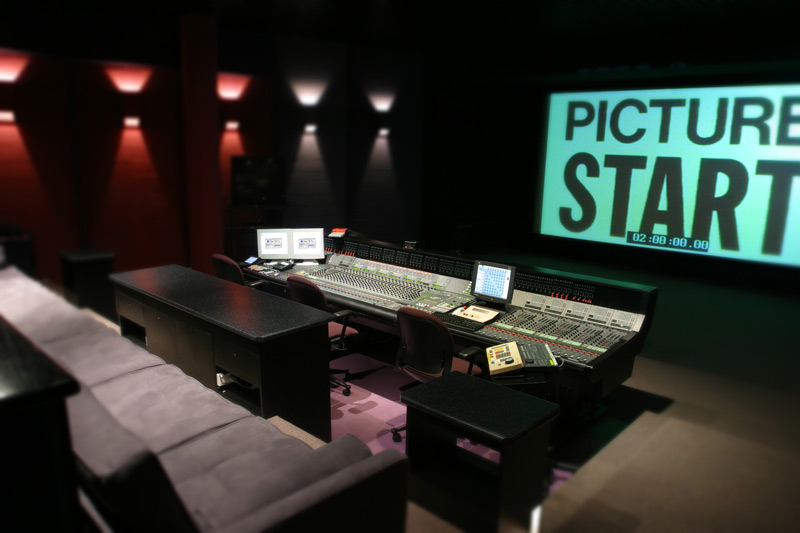Our Blog
Blog
Blog
Documentary Seminar Spring Sale
April 26, 2016
Happy Tuesday! I’m happy to announce our Spring sale on all our documentary seminars. For the next 48 hours, get fifty percent off on the best documentary storytelling seminars available online. These self-paced seminars include everything I know about documentary story structure after teaching 18 years at the Graduate School of Journalism at UC Berkeley (named the #1-ranked U.S. documentary program by Documentary Magazine.) You’ll learn strategies for structuring essay-style docs in The Ultimate Guide to Structuring Your Documentary, charting character transformation in Editing the Character Driven Documentary, and editing fundraising trailers in my e-book Documentary Editing. Normally $300, all…
Read More...
Finding the Theme of Your Documentary
April 21, 2016
I’m just back from a fabulous week at the Esalen Institute where I was honored to present among world-renowned teachers, including narrative script consultant Dara Marks. Her acclaimed book Inside Story: The Power of the Transformational Arc is one of the best screenwriting manuals out there. Although Marks works in the realm of fiction films, I’ll be applying a number of her concepts to the world of documentary filmmaking in the coming weeks. Today, let’s explore theme. Finding the theme of your documentary is more than identifying its chief idea. Love, progress, maturity, hope, childhood–these are not themes. They are…
Read More...
Lively Narration About Death
April 16, 2016
It’s not exactly cocktail party conversation, but I’ve been thinking a lot about death lately. As friends’ parents die and I approach 55, I’m preoccupied with what happens after death–if anything. So when filmmaker Cathy Zheutlin approached me about structuring her documentary Living While Dying, I was immensely intrigued. Since Cathy’s film is a personal documentary in which she struggles to come to terms with her mortality, her narration would be vitally important. Cathy was eager to get her film out into the world and lead discussions about dying, so she joined our Finish Your Film program. After four weeks…
Read More...
Esalen
April 6, 2016
In a few days I’ll be leaving to speak at the Esalen Inspirational Film Festival. True to its mission to show “films that empower and enrich the human spirit”, this innovative festival experience allows participants to rub shoulders between screenings with accomplished filmmakers. In past years, I’ve had the opportunity to go hiking with Lucy Walker (Crash, Wasteland) and meet and later consult with director Josh Tickell (Fuel, The Big Fix) and his producer and wife, Rebecca Tickell. If you have the opportunity to attend, I highly recommend going. You’ll dine, workshop, and bunk with documentary filmmakers who will inspire…
Read More...
Fine Cut and Locked Picture
April 4, 2016
Today’s newsletter completes our four-part series on the Stages of Post-Production. But first, this opportunity just in from our former story consulting client Gayle Embrey, who is on the board of Aspen Film, which hosts three festivals per year. This prestigious organization is seeking a Program Coordinator. If you or someone you know is interested in this opportunity, please email info@aspenfilm.org. Kindly do not contact Gayle. If you missed my earlier newsletters in this series, check out our valuable Logging Tips, the overlooked Assembly Cut, and Rough Cut Guidelines. By Fine Cut stage, the film’s structure is locked. The length should be within three…
Read More...
Rough Cut Guidelines
March 31, 2016
I’m returning from a family vacation in Mexico today, feeling refreshed! In today’s newsletter, I’m presenting part 3 of my Post series. We’ll focus on the Rough Cut, a stage many of you (including myself) are working in. You can view the entire Stages of Post-Production here. First, an announcement: we will shortly have two experienced editors available to help you navigate the stages of post-production. Email me for a free consultation. We’d love to help you! Professional editors think of post-production in discrete stages, based around different kinds of cuts. Each cut differs in length and purpose. The Rough…
Read More...
Power of The Assembly Cut
March 22, 2016
First, a quick announcement: we currently have two talented editors who will be available soon. Email me if you are interested. Out of the hundreds of filmmakers we work with, every single director knows what a rough cut is. But interestingly, only one in three know what an Assembly Cut is. So in today’s Part 2 of the Stages of Post Production, we’ll see how this underutilized tool can help unveil your film’s structure–without wasting time by overcutting a rough cut. The Assembly Cut is a quick and dirty first edit. It’s so ugly that it should not be screened…
Read More...
Gifted Editors Soon Obtainable
March 21, 2016
Two of our gifted editors are wrapping film projects soon. What’s it take to obtain their services? First, email me for a free 20-minute consultation. We’ll discuss what you’re specifically looking for in an editor, your vision for your documentary, and your post-production time-table. Then, if you want, we’ll set up a three-way conference call with an experienced editor who best fits your working style and film’s subject matter. With New Doc Editing, you’ll collaborate with an editorial team whose strong suit is storytelling. I’d love to discuss how an award-winning story consultant and a talented editor can execute your…
Read More...
Documentary Logging Tips
March 17, 2016
I’m offering the following 4-part series on the Stages of Post-Production: Logging, Assembly Cut, Rough Cut, Fine Cut/Locked Picture. Today’s Part 1 focuses on preparing for the edit with transcripts and effective logging tips. If you’re underfunded, should you pay to get transcripts made of your chief interviews? Yes! I used to skip this step to save money, but after working with hundreds of filmmakers, I’ve come to see how transcripts help editors cut much more quickly. Post on Doculink to find a professional transcriber. I also now recommend starting the logging process as soon as you’ve shot footage. Why?…
Read More...
Stages of Documentary Post-Production
March 16, 2016
In the spirit of community-wide collaboration, we would like to share these time-tested post-production procedures, as well as some of our own editorial inventions, with other editors and directors. New Doc Editing first compiled this step-by-step post guide for its popular seminar “Editing the Character-Driven Documentary”, developed for the Film Arts Foundation and the San Francisco Film Society. Remember, this guide is a suggested course of action; not a hard and fast prescription. Each project will likely deviate from time to time from these stages of post-production. We would like to thank all the documentary directors, producers, and editors who…
Read More...